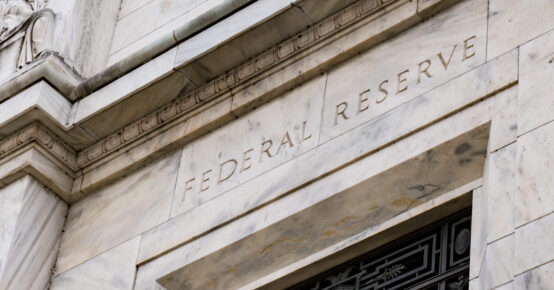The collapse of Silicon Valley Bank in the US, and the fears over Credit Suisse in Europe have created significant volatility in both equity and bond markets, raising the spectre of a systemic banking crisis. There are now fears that the contagion could spread with a slide in bank stock prices, led by Deutsche Bank at the end of the week.
As we look ahead to 2023, the outlook for markets remains uncertain. The current situation has its roots in the significant interest rate hikes seen in 2022. Silicon Valley Bank was forced to sell its holdings in long-dated bonds to meet cash withdrawals from its predominantly technology-based clients, resulting in a considerable loss. This triggered a vicious cycle of nervous deposit holders seeking to withdraw their cash, weakening the bank’s financial position until it eventually collapsed.
On the other hand, Credit Suisse became a focus for broader worries about the banking sector, leading to significant depositor outflows. Although these concerns have been allayed for now, following the company’s acquisition by UBS, the impact on interest rates remains.
Although bond markets have reflected expectations that the turmoil would force a significant change in interest rate policy from the Federal Reserve and other central banks, this may be premature. At the Federal Open Market Committee (FOMC) meeting on March 22nd, the decision was taken to raise interest rates by 0.25%. The Fed aimed to tackle elevated inflation while also maintaining financial stability. This signals the Fed’s intention to tread carefully as it navigates the banking sector’s volatility.
So what is likely to happen going forward?
The most optimistic scenario is that these events prove isolated and that confidence returns to markets, and the economy remains resilient. In this situation, the Fed would continue its original plan to keep rates tight throughout 2023.
A second scenario sees banks becoming more risk-averse as financial conditions deteriorate, leading to small bank lending falling, harming economic activity and forcing the Fed to pivot and cut interest rates later this year.
The worst outcome is that a deep banking crisis develops. This would lead to a prolonged recession, forcing the Fed to cut interest rates immediately and inject more liquidity into the financial system to reduce the risk of contagion.
The arguments for and against these potential scenarios remain uncertain. The speedy and decisive response from policymakers supports a more optimistic outcome, with the US Federal Deposit Insurance Corporation moving in to protect deposits, and the Fed enacting the Bank Term Funding Programme, which increases lending to banks.
However, there are arguments against this being an isolated event, due to fears of significant unrealised losses at smaller US commercial banks, restricted liquidity in the European banking sector and potentially other undiscovered sources of stress in the system.
Our base case is a midway scenario, with a fall in bank lending likely to hit economic activity, leading to more defaults and further tightening of lending conditions, potentially threatening the financial system’s stability. If it reaches this point, governments, central banks and financial regulators will likely step in.
These are challenging times for investors, and we will continue to monitor the situation as it evolves. We remain cautious and continue to adopt a defensive stance with the markets, as we assess the fallout from these events. If you have any concerns about your investments or would like a second opinion on an existing portfolio, please book a call to arrange a consultation.












